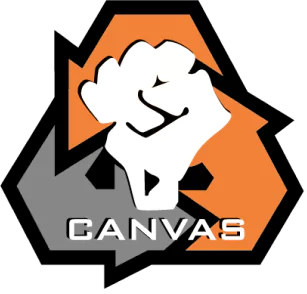Nov 22, 2004-2004
Ukraine
Orange Revolution
Share
ACTIVISTS/ACT.GROUPS/DESCRIPTION OF THE GROUP
Presidential Candidate Viktor Yushchenko; Politician Yulia Tymoshenko; Pora (Youth Organization); Foreign Governments and NGOs (Monetarily and Supporting Negotiations)
TARGET
Government of President Kuchma and the allegedly fraudulent election of Viktor Yanukovych
WIDELY HELD BELIEF
Elections should be free and fair.
CASE NARRATIVE
Issue and Opponent: The opponents were President Kuchma and Viktor Yanukovych. The primary grievance was election fraud, being that President Kuchma had tampered with ballots to prevent opposition party member Viktor Yushchenko from winning against Prime Minister Yanukovych. In October 2001, Yushchenko and Yanukovych ran against each other for the role of President. Yushchenko was expected to win, but official results showed both candidates received 40% of the votes, providing no winner. In the run-off vote on November 21st, 2004, official results showed the government-favored Yanukovych had won by 3%, despite exit polls showing opposition party leader Yushchenko had won by 11%.
Dilemma Action: The commonly held belief forming the core of this dilemma action is the standard of free and fair elections and the right of the people to elect representatives without hindrance from the standing government. On November 24th, Yanukovych was announced as the winner, causing the large-scale peaceful protests to continue. It is estimated that these protests drew crowds of over a million people. Citizens took over private buildings, opened up their homes to each other, and distributed food from open kitchens to show their support for the protestors. The Maidan was occupied, with tents set up to continue protests 24/7. Twice a day, multi-denominational religious services were held in the square, and speeches and song performances were common. Protestors distributed flowers as a sign of peace to the soldiers policing the square. As the protests continued and grew, Yushchenko called for a national strike until the valid election results were recognized. The main tactics used were noncooperation by government units, occupation, declarations of intention, displays of symbolic colors, prayer, and worship, marches, assemblies of protests, general strikes, sit-ins, and singing. The lose-lose the protestors offered the government was either to not respond, let the strike continue indefinitely and have protests continue to galvanize their cause, or to respond violently to the cry against anti-democratic tampering, proving that they are not democratic, and violent.
Outcomes: On November 28th, government officials decided to respond to the massive protests by ordering soldiers to move in with the demonstrators. In a show of solidarity with the protestors, the high ranks of soldiers refused orders, and the attack was prevented. On the first of December, parliament passed a vote of no-confidence in Yanukovych’s government, followed shortly by the Supreme Court, which declared the election results fraudulent, refusing to recognize the results. A second run-off election was scheduled for December 26th. Yushenko and the parliament agreed to limit the president’s power. The election was monitored by foreign observers to prevent fraud, and Yushchenko was declared President on December 26th, 2004. This dilemma action was part of a larger campaign for free and fair elections in Ukraine. Other tactics used include massive pro-Yushchenko protests in Maidan Square on November 22nd, calling for the right to free elections. On the 23rd, 500,000 walked to Parliament adorned in the color orange, Yushchenko’s campaign color. Yushchenko went to parliament and symbolically took the Presidential oath. Counter-protests of Yanukovych supporters were also held, mostly in the south and east.
PRIMARY STRUGGLE/GOAL
NONVIOLENT TACTICS USED
DA TACTICS USED
Displays of flags and symbolic colors
CASE NARRATIVE WRITER
SUCCESS METRICS
9 / 12
(CONC) Concessions were made
(EREP) Dilemma action got replicated by other movements
(MC) Media Coverage
(MSYMP) Media coverage was sympathetic to the activists
(OR) Opponent response
(PS) Dilemma action built sympathy with the public
(REFR) Dilemma action reframed the narrative of the opponent
(RF) Dilemma action reduced fear and/or apathy among the activists
(SA) Dilemma action appealed to a broad segment of the public
PART OF A LARGER CAMPAIGN
3 / 3
Activist group continued working together after the action
Encouraged more participants to join the movement
Internally replicated by the same movement
RESOURCES
Project documentation
Dilemma Actions Coding Guidebook
Case study documentation
Dilemma_Actions_Analysis_Dataset
SOURCES
Schneider, William. 2004. “Ukraine’s ‘Orange Revolution:’ A victory for Viktor Yushchenko in Ukraine would confirm the West’s increasing influence there,” The Atlantic. Retrieved July 22, 2023. (https://www.theatlantic.com/magazine/archive/2004/12/ukraines-orange-revolution/305157/).
IMDb. 2007. “Orange Revolution,” Retrieved July 22, 2023. (https://www.imdb.com/title/tt1073135/).
Wilson, Andrew. 2006. “Ukraine’s Orange Revolution,” Yale University Press. Retrieved July 22, 2023.
Rennebohm, Max. 2011. “Ukrainians overthrow dictatorship (Orange Revolution), 2004,” Global Nonviolent Action Database, September 9. Retrieved July 22, 2023. (https://nvdatabase.swarthmore.edu/content/ukrainians-overthrow-dictatorship-orange-revolution-2004).
Zirulnick, Ariel. 2011. “Orange Revolution – Ukraine, 2004,” The Christian Science Monitor. Retrieved July 22, 2023. (https://www.csmonitor.com/World/Global-Issues/2011/0119/How-5-revolutions-got-their-names/Orange-Revolution-Ukraine-2004).
Karatnycky, Adrian. 2005. “Ukraine’s Orange Revolution,” Foreign Affairs. Retrieved July 22, 2023. (https://www.foreignaffairs.com/articles/russia-fsu/2005-03-01/ukraines-orange-revolution).
Meek, James. 2004. “Ukraine: Divided they stand,” The Guardian. Retrieved July 22, 2023. (https://www.theguardian.com/world/2004/dec/10/ukraine.jamesmeek).
Kuzio, Taras. 2005. “From Kuchma to Yushchenko Ukraine’s 2004 Presidential Elections and the Orange Revolution,” Retrieved July 22, 2023. (https://www.tandfonline.com/doi/abs/10.1080/10758216.2005.11052197?journalCode=mppc20).
Related cases
Aug 1, 2015-2017
United States of America
Donald Trump announced his candidacy for president in 2015. Trump’s presidential campaign was riddled with profanities and the normalization of bigotry. Still, he stoo...
/
Oct 19, 2016-2016
Italy
Issue and Opposition: Vatican City’s Decorum Squad failed miserably in keeping the city clean from unsightly graffiti on the walls and trash on the streets. The citize...
/
Oct 2, 1990-1990
Ukraine
The issue at hand was the continued control of Ukraine by the Ukrainian SSR, part of the Soviet Union. The student union was unhappy with the election results that gav...
/
Subscribe to our newsletters to get full access to all materials on our website.

